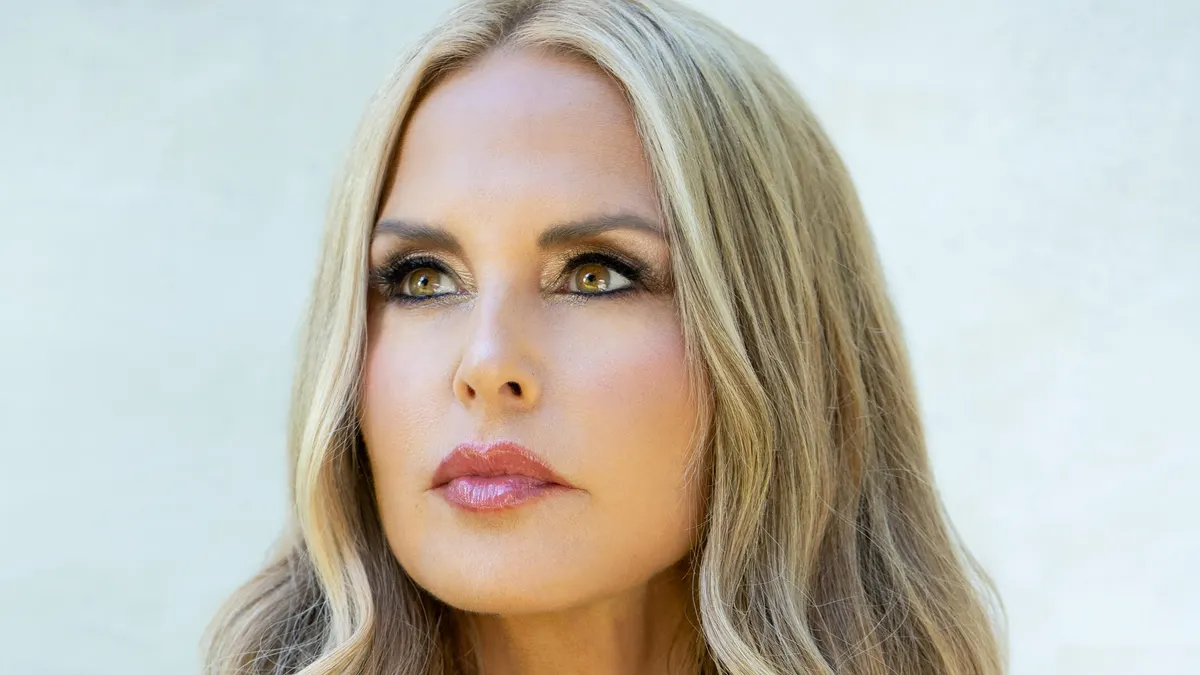Brand development company Authentic Brands Group and mall developers Simon Property Group and Brookfield Property Partners on Thursday announced their purchase of fast-fashion retailer Forever 21.
A new CEO will be announced in the coming weeks, an ABG spokesperson told Retail Dive in an email.
ABG and Simon will each own 37.5%, and Brookfield will own 25% of the retailer’s intellectual property and operating businesses, according to an ABG press release emailed to Retail Dive. The final price tag was a bargain at $81 million, reached after no other bidders came forward during the retailer's bankruptcy.
Forever 21 is working with landlords to keep stores open "in key regions" and will convert owned stores in Central America, South America, Mexico, the Philippines, and the Caribbean to a licensed partnership model, ABG said in the release. The group also plans an international expansion in South America, Western and Eastern Europe, China, Southeast Asia, the Middle East and India.
If Forever 21's new owners were limited to the mall landlords that are part of this deal, it would be tempting to see it as a last-ditch effort to rescue a major tenant from oblivion. But ABG's involvement demonstrates that the bankrupt fast-fashion retailer retains a strong brand.
These same players have been here before, when they similarly snagged teen retailer Aeropostale out of bankruptcy and kept more stores open than would have been likely under different owners.
In fact, in his statement on the deal Thursday, ABG CEO Jamie Salter called Forever 21 "a powerful retail brand with incredible consumer reach and a wealth of untapped potential." In the same press release, the companies allude to their previous collaboration, saying they are "Building on the success of Aéropostale, this similar ownership structure positions Forever 21 for long-term performance and growth."
There's no doubt things will change, however. Above all is that founder Do Won Chang is no longer CEO, and his wife and co-founder Jin Sook Chang, who was widely understood to have a hand in choosing the styles featured in the retailer's sprawling stores, will no longer have a hand in merchandising.
That could mean the loss of some of what Lee Peterson, executive vice president of thought leadership and marketing at WD Partners, calls the "charm" of the retailer's almost flea market-style merchandising. Still, things must change, he also said. Its ideal footprint is probably around 400 stores, far fewer than the nearly 800 across the globe at the time of its Chapter 11 filing, with some 534 company-owned U.S. stores across 46 states, plus Guam and Puerto Rico, in "lifestyle centers, shopping malls, street level shops, and outlets."
"By opening flagship stores like their store on Michigan Avenue in Chicago, they bit off more than they could chew," Peterson told Retail Dive in an interview. "There’s still a lot of value to Forever 21 — just because they’re in debt doesn’t mean they have to close all their stores. The bet is that it turns around. The thing about developers is that they're long-range thinkers and for them usually cash flow’s not an issue."
Ray Wimer, a professor of retail practice at Syracuse University's Whitman School, noted that the retailer's supply chain and other operations couldn't keep up with its overexpansion, but agrees it retains potential. "Considering that the new owners will have time to figure out how to right size the store count and bring the store size square footage back down to a manageable level that matches their retail operations capabilities — I think it has a chance to be successful," he told Retail Dive by email.
It will need to be a long-term play, considering that Forever 21 went bankrupt for a reason. Traffic has been sliding as its core teenage customers increasingly browse their phones for apparel. Year over year from 2018 to 2019, third quarter store visits declined 18%, and fourth quarter store visits declined 24%, according to location intelligence firm Cuebiq. And Forever 21's e-commerce has been an after-thought: Just 16% of its $3.3 billion in revenue derived from online sales, according to its bankruptcy court filings.
But much of that comes down to the turnaround that the new owners are plotting now, according to Peterson. "Maybe they lost their knack for fashion, maybe they're not as good at social media as they should be," he said. "They’re not alone in that."
While Forever 21 spent the last year retreating from its international expansion, the new owners appear to be looking overseas once again. The new owners' shift to a system of licensed partnerships bode well for their overseas plans this time, according to Wimer. "I believe [one] of the key markets they will focus on is India as the middle class is growing there and Wal-Mart and Amazon are trying to gain a bigger foothold in the country," he said.






















